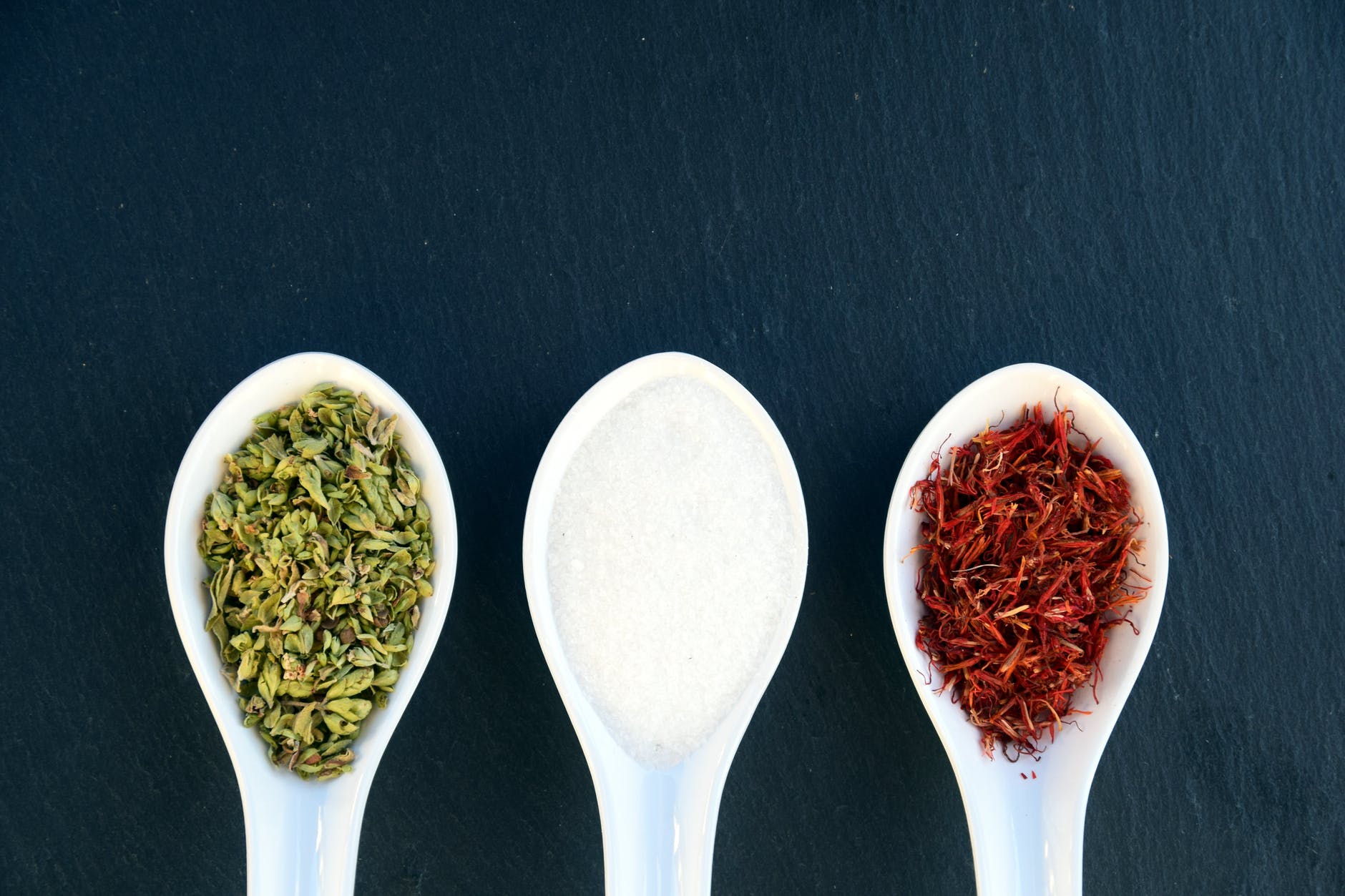There can be no doubt that cooking is an art form and there are basics that you need to master before you try out your cooking skills. It is not difficult, but there are some skills that one should know before you venture into the kitchen. Once you know these little intricacies, managing your kitchen and dishing out delicacies becomes easier.
Master basic knife skills
Holding the knife is an essential skill that you can’t go without if you are out there trying your cooking skills. It is the one tool in the kitchen that no one can do without and therefore it is best to get to terms with it. A few preliminary skills could make you look the efficient chef in the kitchen. The first step now – at the front of your knife handle, softly hold the blade between the thumb and your index finger while you use the other fingers to wrap around the handle blade. The middle finger should be on the bolster, and your grip should be light but firm. You are all set now to start off with your vegetable cuts. Also, for small and smooth foods like vegetables and fruits, you can always use a simple pocket knife. Moreover, to find the perfect one, you can always check some pocket knife reviews or any knife reviews.
Chop an onion
Onion is omnipresent, almost there in every dish. Onions can be sliced lengthwise or crosswise. When your onions need to be cooked, slice then lengthwise. If you are preparing for a salad, slice them crosswise.
To slice an onion lengthwise, first cut off the stem end of the onion. Chop off the roots, but do not cut the root end. With the stem-side down on your chopping board, slice the onion in half. Peel off the skin and place the onions with the onion halves facing downwards on the board. Make neat cuts along the natural lines of the onion.
If you are cutting the onion crosswise, cut off the stem end, and place the onion on the cut side facing downwards. Cut in half and peel off the skin. Place the halves facing downwards, and hold the onion firmly down with your fingers curling inwards. Place your knife against the knuckles of the fingers with which you are holding the onion. This would act as the guide as you slice through. Make your final cuts.
Learn about the different cuts
Ask a professional chef, and he would probably tell you about ten different types of cuts. But, for most people like us, it is all about chopping things quickly and just ensuring that they are cut just right such that it would cook well.
Now, for most daily purposes, you would get to hear about julienne cuts and dice cuts. A julienne cut is where you cut your vegetables into thin, stick shapes. It involves slicing off the two ends of the vegetable, and then cutting them lengthwise to form small rectangular cuts, usually around half a millimeter thick. A dice cut, on the other hand, is a larger cut and as the name implies, are shaped in the form of a dice. So, similar to the julienne cut, you start off by slicing both ends of the vegetable and then slice such that the cuts are of a square shape and would be roughly around three millimeters thick.
Prepare stock
Now, this is again something that you will frequently need to create awesome soups and stews. The stock is a liquid that is prepared using multiple raw ingredients, simmering them, and then removing the solids. What is left is a flavored liquid, and is known as stock. If you are preparing a vegetable stock, you would probably be using onion, leek, carrot, and fennel. You will then spice them up with herbs, peppercorns, celery, garlic, and tomatoes. The classic stock is however made from beef, chicken, fish, and vegetables.
Peeling delicate flesh
A skill that is essential but few let you know about these hacks. Fruits like peaches and tomatoes have delicate skins and are hard to peel. Not that you need to peel a delicate flesh on a regular basis, but when you get to it, you will be stuck unless you know. The trick is to blanch them. You bring some water to boil and then with a small knife cut an X at the bottom of the fruit, lower the fruit into boiling water. Keep the fruit in for around thirty seconds, take it out and drop into a bowl of cold water and ice. Let the fruit sit there for some time and then you can take it out and easily peel off the skin.



